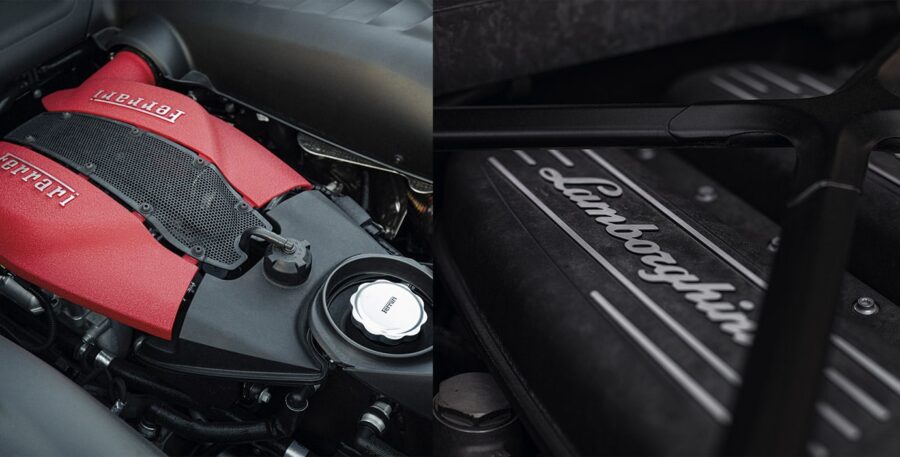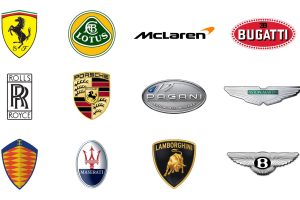In recent years, European regulations regarding vehicle emissions have become more stringent. This shift has encouraged manufacturers to explore solutions that allow for maintaining similar power levels while significantly reducing pollutant emissions. In this context, several manufacturers have chosen to replace conventional naturally aspirated engines with forced induction through turbochargers.
Despite this transition to forced induction, naturally aspirated engines continue to play a prominent role in the automotive industry, offering distinctive features that are challenging to match by turbocharged engines. In this article, we will explore the differences between both types of engines, highlighting their peculiarities, advantages, and disadvantages, with the aim of providing a comprehensive understanding of the characteristics that define each.
Main Differences
The fundamental difference between a naturally aspirated engine and a turbocharged engine lies in how they manage air intake and compression within the engine.
In the case of a turbocharged engine, a turbocharger is used to increase the air pressure before it enters the engine. This component consists of a turbine and a compressor. The turbine is driven by exhaust gases produced by the engine and is connected to the compressor, responsible for compressing the ambient air. The resulting compressed mixture is then pressurized into the cylinders through the intake valve. After the air intake, the valve closes, the piston rises, compressing the air-fuel mixture. The ignition of this mixture triggers an explosion that drives the piston downward, converting the energy into mechanical work.
In contrast, the naturally aspirated engine, also known as a naturally aspirated engine, does not rely on an external mechanism to direct the airflow into the cylinders. Instead, air intake occurs based on atmospheric pressure. During the intake stroke, the piston descends, creating a vacuum that facilitates the entry of atmospheric air through the intake valve into the combustion chamber. Once the air enters the cylinder, the valve closes, and the piston ascends, compressing the air-fuel mixture, with the subsequent ignition explosion driving the piston and generating mechanical work.
Pros and Cons
The main advantage of the turbocharged engine over the naturally aspirated engine lies in its significant efficiency in terms of fuel consumption. The higher air pressure in the cylinder translates to greater mechanical performance, allowing a turbocharged engine, with the same power as a naturally aspirated engine, to have a smaller displacement and consequently lower fuel consumption. Additionally, in high-altitude environments, turbocharged engines maintain more consistent performance compared to naturally aspirated engines. This is because the latter may experience a significant power loss due to the lower air density, while the turbocharger compensates for this reduction in atmospheric pressure.
However, the significant strength of naturally aspirated engines lies in their much purer mechanics, with fewer moving components and consequently fewer parts susceptible to failure. Additionally, their distinctive sound gives them a unique character. Turbocharged engines, by channeling air expelled by a turbine, undergo a noticeable reduction in sound, to the extent of resorting to sporty exhaust systems or acoustic devices to emulate the unmistakable roar of a naturally aspirated engine. In contrast, naturally aspirated engines, by allowing exhaust gases to flow freely through the exhaust pipe, unobstructed beyond the catalytic converter and muffler, generate a mesmerizing sound for automotive enthusiasts.
It is also important to highlight that naturally aspirated engines excel in smooth operation, with a much more immediate response to throttle input than a forced-induction engine. In the latter, when the driver presses the accelerator, the turbochargers require time to reach the necessary speed and provide significant air pressure. This delay in the engine’s response is known as turbo lag. In a naturally aspirated engine, this delay is nonexistent, as its torque curve is more linear, resulting in a more predictable and smooth power delivery.
Conclusion
In summary, the evolution of European emissions regulations has prompted a transformation in the automotive industry, driving a significant increase in turbocharged engines in the constant pursuit of greater fuel efficiency and reduced pollutant emissions. While forced-induction engines are gaining prominence in the global automotive market, some brands like Aston Martin and Lamborghini resist abandoning naturally aspirated engines, introducing new technologies to cope with the growing trend of turbocharged engines.
The question is not about determining whether one engine is better than the other, as there is no clear superiority. The choice between them will depend on the individual preferences and needs of the driver, considering factors such as efficiency, mechanical simplicity, and the driving experience.





